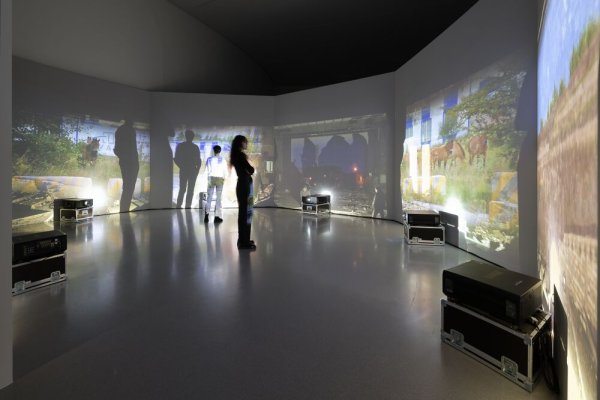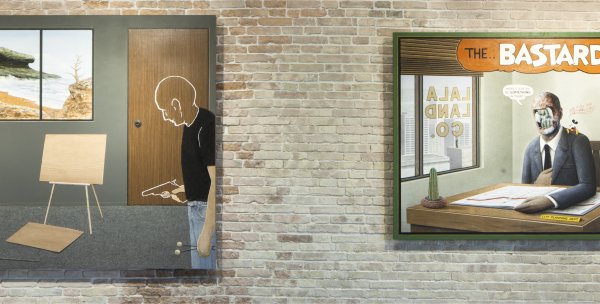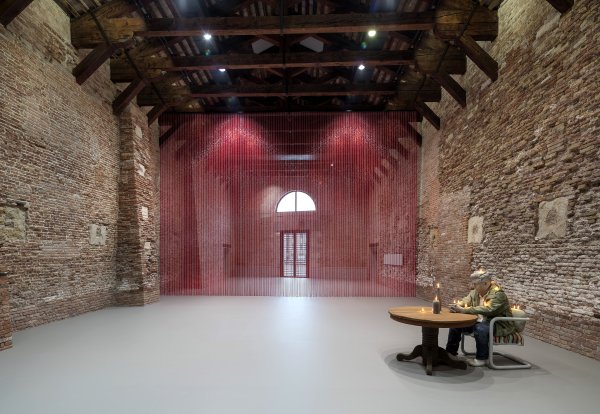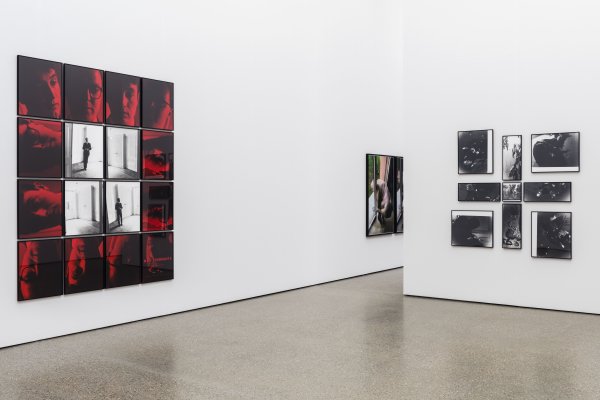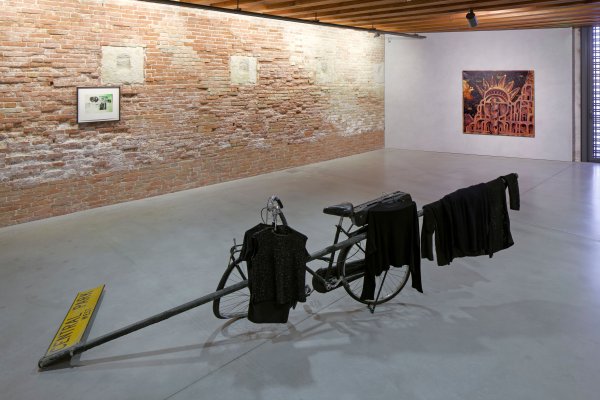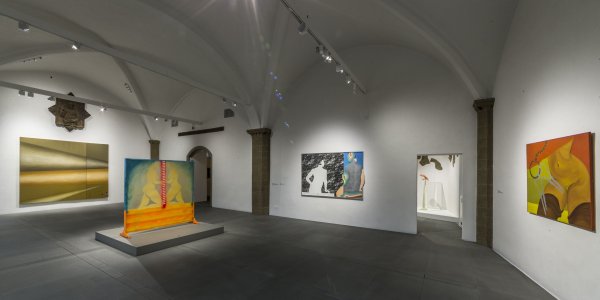Alina
Szapocznikow
Alina
Szapocznikow
Szapocznikow
Polish, 1926 — 1973
A virtuoso Polish plastic artist, Alina Szapocznikow is among the leading figures of the Post-War European art scene. She expresses herself through sculpture, drawing and above all her own body, molding its contours and her impulses and fears in a visceral oeuvre between Surrealism, New Realism and Pop Art.
Deeply affected by the horrors of World War II, Alina Szapocznikow finds freedom through her art. She trains in Prague and at the Paris National School of Fine Arts before starting her career in Poland. She moves to France in the 1960s, a period in which she blooms as an artist, experimenting with new materials, often directly on her body, such as polyurethane foam and polyester resin, which contributed to her fame.
Testament to Alina Szapocznikow's creative reflections, Le Monde (1971), which she produced at the very end of her career and is held in the Pinault Collection, was presented in the group show À Triple tour. Collection Pinault (“triple locked”) at the Paris Conciergerie, in 2013.
Deeply affected by the horrors of World War II, Alina Szapocznikow finds freedom through her art. She trains in Prague and at the Paris National School of Fine Arts before starting her career in Poland. She moves to France in the 1960s, a period in which she blooms as an artist, experimenting with new materials, often directly on her body, such as polyurethane foam and polyester resin, which contributed to her fame.
Testament to Alina Szapocznikow's creative reflections, Le Monde (1971), which she produced at the very end of her career and is held in the Pinault Collection, was presented in the group show À Triple tour. Collection Pinault (“triple locked”) at the Paris Conciergerie, in 2013.





